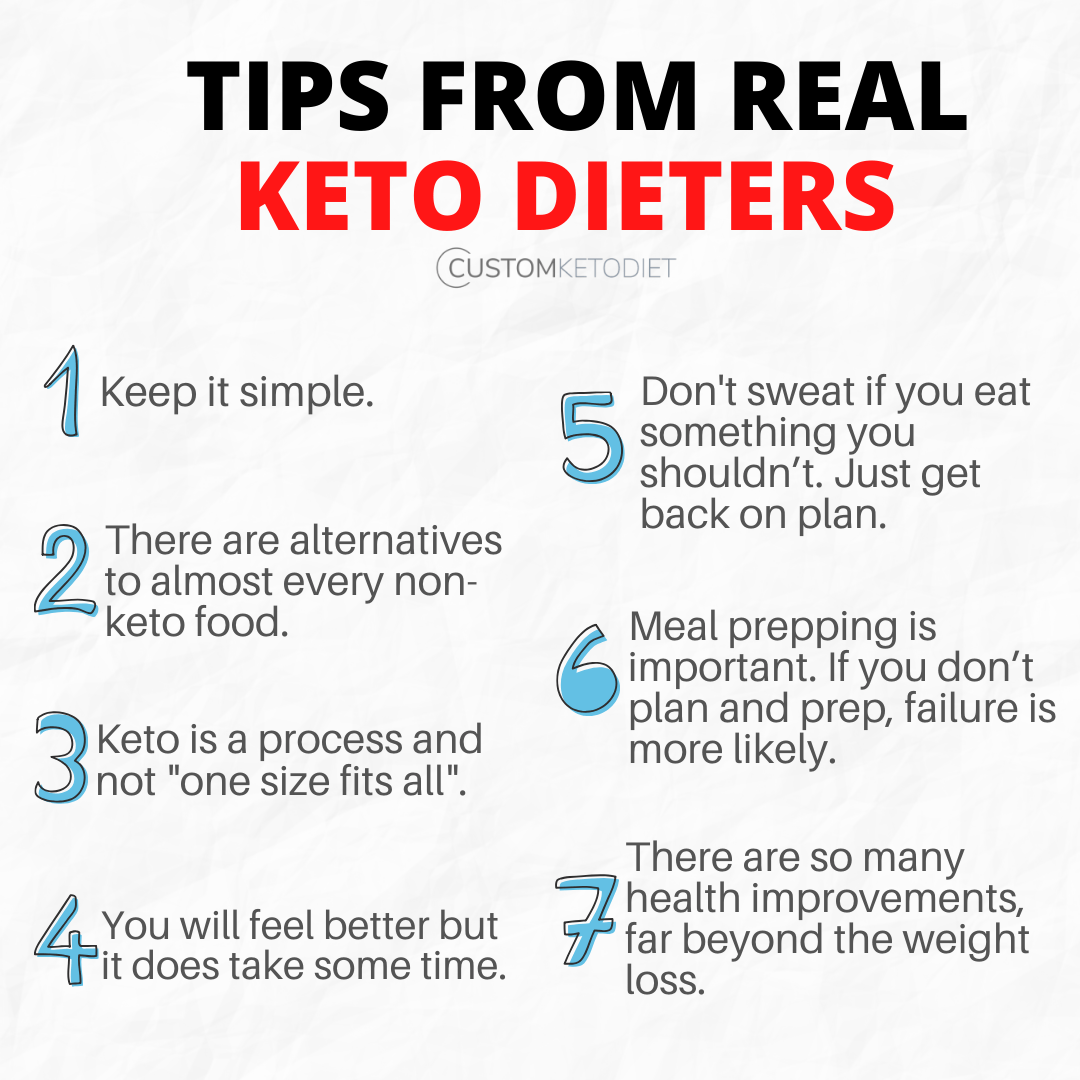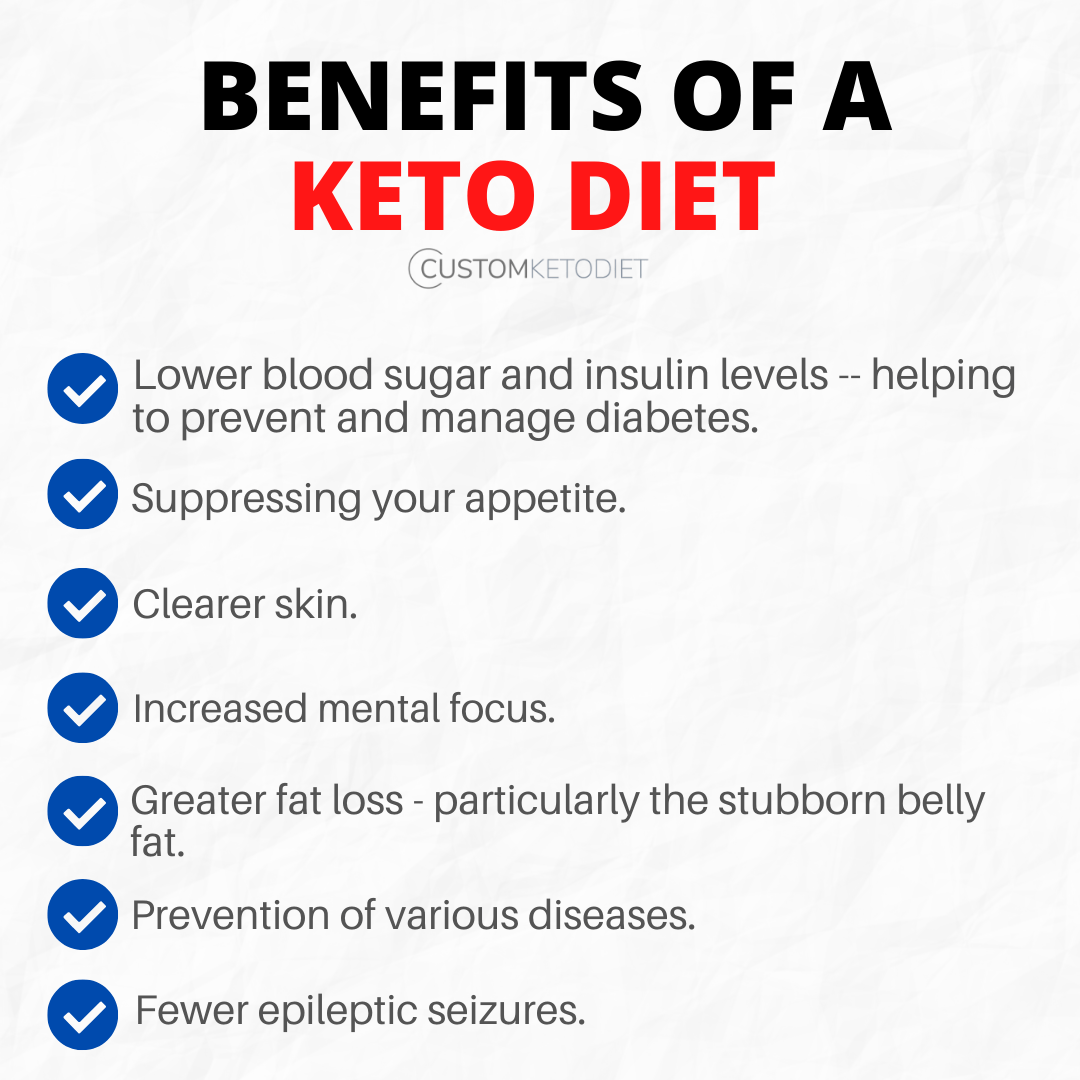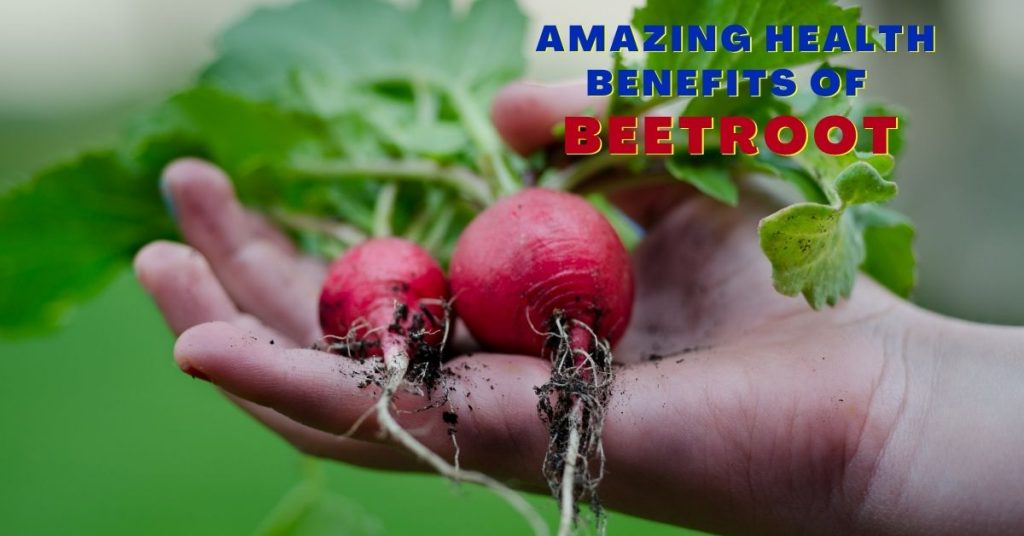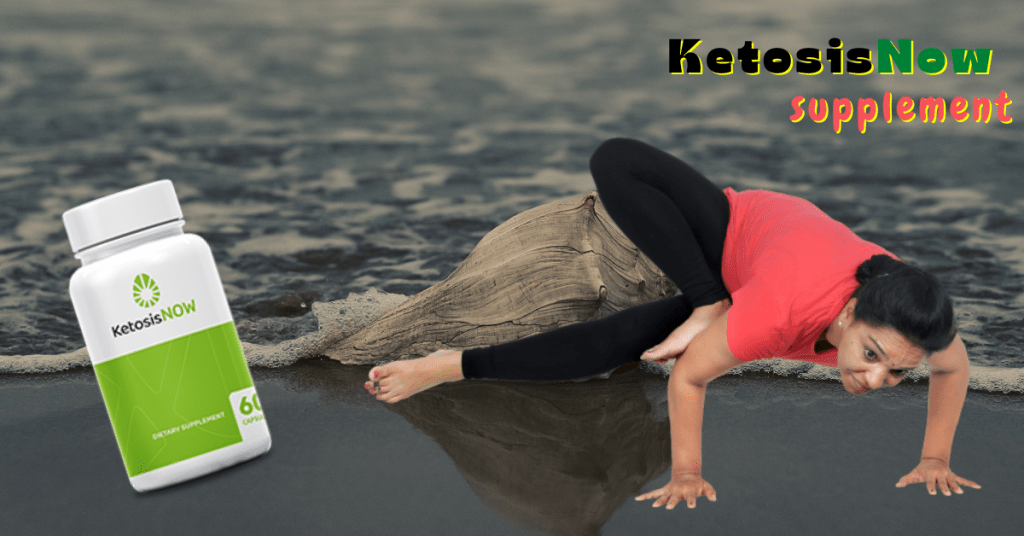This Article we discuss ‘14 High Carb Foods and Drinks’ that you should try to AVOID if you’re on a low carb diet, to successfully live a low carb lifestyle adopting Intermittent Fasting.
Intermittent fasting is a diet plan that alternates between fasting and eating on a regular schedule. Studies have shown that intermittent fasting is a proven method to manage your obesity and prevent and/or even reverse — some forms of metabolic disorders..
In their journey to become successful low-carb dieters, enthusiastic people make a theme of common mistakes when starting out. Whenever someone is having a problem on a low-carb diet it’s usually one of the following foods, that after digging through what they’ve been eating, is usually one of the problems.
So stick around and do read the entire article to find out all the carbs that you need to dodge so that you can be successful on your low-carb journey.
14 Foods to avoid when you are on Intermittent Fasting
1. Sugary foods and drinks
We are including these here mainly for completeness. It’s not to insult anyone’s intelligence.So we are talking about things like candy sweets donuts, cakes, jelly, cookies & jams. Adding sugar into your food or drinks where you’re obviously consuming sugar and the same goes for drinks such as sugar sweetened beverages, soda, sports drinks and energy drinks. Remember the average can of soda has over nine teaspoons of sugar in it. Now these are all pretty obvious sources of refined carbohydrates but it’s the hidden places that sugar seems to get into that catch most people out. Added sugar is hiding in three-quarters of packaged foods.
2. Sauces and Condiments
The next few things are some places where people often get caught out. Some sauces are pretty obviously sweet, for example ketchup, barbeque, teriyaki and hoisin sauce.These sauces contain high amount of sugar and tastes can also be deceiving because even though if they’re not obviously sweet this doesn’t always mean that they’re sugar free. Thankfully many of the hot sauces are very low in sugar but beware of some where sugar is the primary ingredient listed. Commercially prepared sources are often laden with sugar to boost the flavor. Think about things like tomato sauce and bolognese sauces.
3. Salad Dressings
Salads are a classic healthy food and for good reason and they’re great for low carb and ketogenic diets but be aware of what can go into ready-prepared salad dressings that you buy from the supermarket, be especially careful of glazes. By the way, it’s really easy to make your own salad dressings. Just mix three parts of olive oil with one part vinegar and you’ve got a basic vinaigrette with no hidden sugars. Be especially aware of salad dressings that are marked as low fat, as they often contain lots of sugar.
4. Low Fat Food Products
So fat equals flavor and when fat is removed from foods that are supposed to contain fat then they generally taste awful. The food manufacturers often get around this by adding sugars to replace the missing flavor. That means foods that are being marketed as diet or low fat or healthy are in fact full of sugar and there are low-fat versions of lots of foods. We have already mentioned low-fat salad dressings but in particular be aware of low fat yogurts. we would always give these supposedly healthy options a swerve and go for the full fat natural versions.
5. Hidden & Natural Sugars
Lots of people have this in mind & ask Nutritionists “How do I know if I’m eating hidden sugars?”. We are sure most people would recognize that glucose and fructose of sugars if they read them on a food label and sucrose is of course the chemical name for table sugar. Many of you will also recognize high fructose corn syrup as being a sugar like substance and you’d also be right to be suspicious of other chemical sounding names such as dextran, dextrose, maltodextrin, Socceroos and mannose which are all sugars but they’re even more tricky than this and they use names such as cane juice crystals, corn syrup solids, corn sweetener, carob syrup. These are all just some of the names that can be used for sugar in foods and there are lots more.
So, how do you know if you’re eating a hidden sugar? Well for the most part you don’t! So, how can you avoid hidden sugars? Well the easiest way to avoid hidden sugars is to eat real food and buy real food. In other words avoid buying processed foods. Fodds without an ingredients list are not processed and normally do not contain these hidden nasties in it.
Now, when we talk about things like honey, raw cane sugar and coconut sugar and this is a common one that we hear when people say… “I thought if it was natural then it was okay”… well yes it may be a naturally occurring sugar but it’s still very high in carbohydrates and should be avoided.
6. Fruits
To discuss the controversial topic that is fruits,as fruits are often labeled as healthy but fruits can have a wide variety of carbohydrate contents. For example, the average banana has the equivalent of nearly 6 spoons of sugar whereas the same size portion of watermelon contains less than 2 spoons but compare that to the same sized portion of strawberries which has less than half a spoon of sugar in it. So when it comes to cutting the carbs we can’t just lump all fruits together and say they’re their low carb.
You have to learn a bit more about the different carb contents of different fruits. In particular, we just urge you to be aware of the more tropical fruits such as bananas, mangoes, pineapples and that kind of thing. Be especially aware also of dried fruit such as sultanas, raisins, apricots and dates. These can be a really effective sugar delivery system. The lack of water content in these means it’s easier to consume a lot of carbohydrates really really fast and fruit juices should also be avoided on a low-carb diet.
In a similar way to dried fruit, fruit juices in fruit smoothies also allow you to consume large amounts of fruit very rapidly. The 200 milliliters of apple juice which is less than a cup contains the same amount of sugar as a can of soda.
7. Grains & Cereals
Grains and cereals, such as wheat, maize, rice, oats, barley etc., are the main ingredinets to produce food products like breads, pasta and breakfast cereals. This is of course a well-known area to avoid on low carb diets as you know these all contain a lot of starch.
Starch contain long branched chains of glucose molecules all doing together and these chains break down into glucose eventually. So starch is just another form of carbohydrate.
The most common practice is that people cut out the white breads and pastas and the obviously high carb breakfast cereals but will instead choose the apparently healthier whole-grain alternatives thinking they are lower carb. Let’s take bread for example, a slice of white bread has the equivalent of 3.7 spoons of sugar whereas a slice of whole-grain bread has the equivalent of 3 spoons of sugar. It’s less definitely but two small slices of this whole-grain bread is still the equivalent of 6 spoons of sugar and the same goes for apparently healthier breakfast options such as muesli, porridge or oatmeal.
So even if they appear to be or are marketed to be healthier options, all grains and cereals really should be avoided on a low-carb diet.
Similarly, many of us consider sweetcorn as part of vegetables. Typical 80 gram portion sweetcorn will give you the equivalent of 4 teaspoons of sugar which is 20 times the amount you’d get from eating the same amount of broccoli.
8. Gluten-free Products
This is kind of related to the last one but by avoiding grains most people who are living a low-carb lifestyle are naturally gluten-free, but many people get confused about gluten-free products naturally assuming that they are low-carb. So just be aware that gluten-free doesn’t necessarily equal low carb. In fact, many of these products are actually quite high in carbs.
9. Starchy Vegetables
So people often know about avoiding potatoes on a low carbohydrate diet. The average 150 gram serving of potatoes has the equivalent of nine teaspoons of sugar. Other starchy vegetables to avoid would include sweet potatoes and parsnips which have similar carbohydrate contents to potatoes. Also to add to this category is cassava or yucca which has about double the carb content of potatoes.
10. Legumes
Legumes are a family of plants that are made up of beans, lentils and peas. Whilst these are a great source of protein, the carbohydrates from these are absorbed quite slowly by the body. If you’re really cutting back the carbs then most of the legumes need to be off the shopping list.
There are plenty within this group,but the ones that commonly catch people out are chickpeas and chickpeas are very high in carbohydrates compared to garden peas which are much lower in carbohydrates and can be eaten in moderation and all but the most restrictive of low carb diets.
11. Pseudo Grains
well pseudo grains include things like quinoa, buckwheat and wild rice which technically isn’t actually a rice at all. Now if we think of these in the same way as legumes they’re a lot better and more nutritious than grains and cereals but they’re still pretty high in carbs and should be avoided.
12. Cashew Nuts
Cashews nuts are an exception within the nut family which are really pretty low in carbohydrates. cashew nuts have three to five times the carbohydrate content than most other nuts and this can be especially problematic as they’re really easy to consume in large amounts especially if they’re salted.
13. Milk
Milk contains lactose which is of course a sugar. Lactose is rapidly converted into glucose in the body and therefore it is considered as high carb food. Remember the lattes, cappuccinos and other drinks containing high quantity of milk should be avoided. If you’re drinking a small splash of milk in two or three coffees a day then you should be fine but if you’re consuming loads of milk in seven or eight cups a day then you’re probably consuming a fair amount of carbs just from the milk itself. Consuming full fat milk is a better option rather than any of the reduced fat stuff you need far less of it to do the same job and it tastes way better and last but not least and quite obsessively.
14.Beer
Now, any alcohol is always going to slow down or stall weight loss on a diet but there are definitely some alcohols that are higher in carbohydrates than others. A particular note is beer which quite rightly has the nickname of liquid toast and of course there’s hundreds of different brands of beer that all have varying amounts of carbs within them. and you can by all means find low carb beers but they all taste pretty awful.
Conclusion
So that’s it, that is our top 14 list of food and drinks to avoid when you’re on a low carb diet,or when you are doing Intermittent fasting. Now it sounds like you pretty much can’t eat anything but we assure you that really isn’t the case and if you want to find out some more information on what you can actually eat then check out the recipes over at Custom Keto Diet Program












